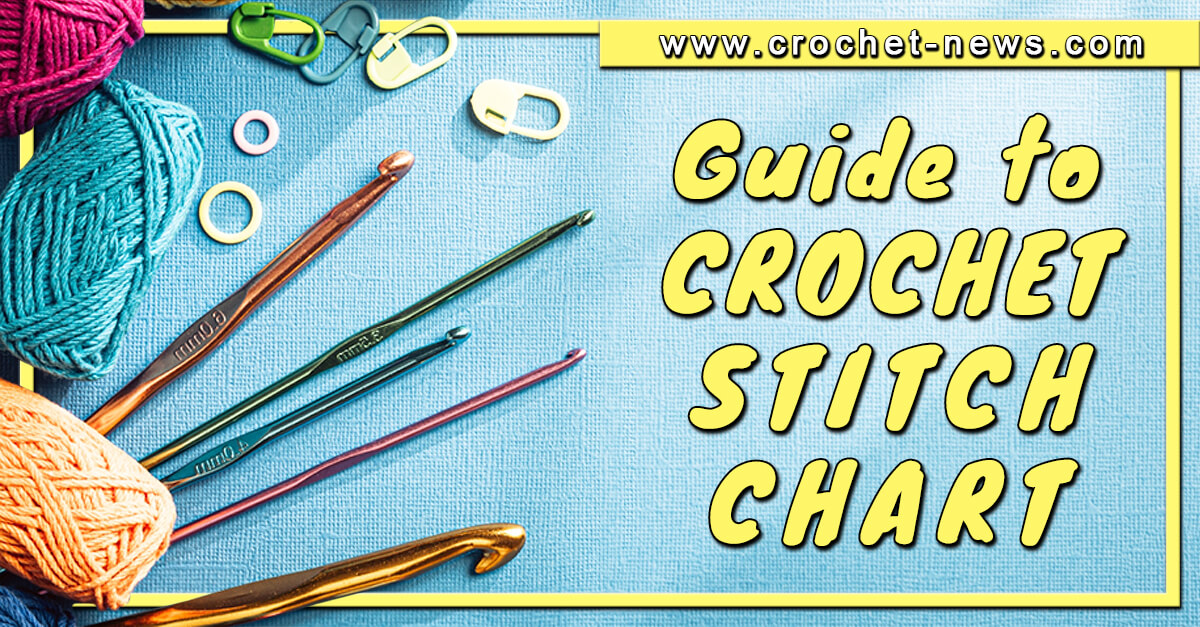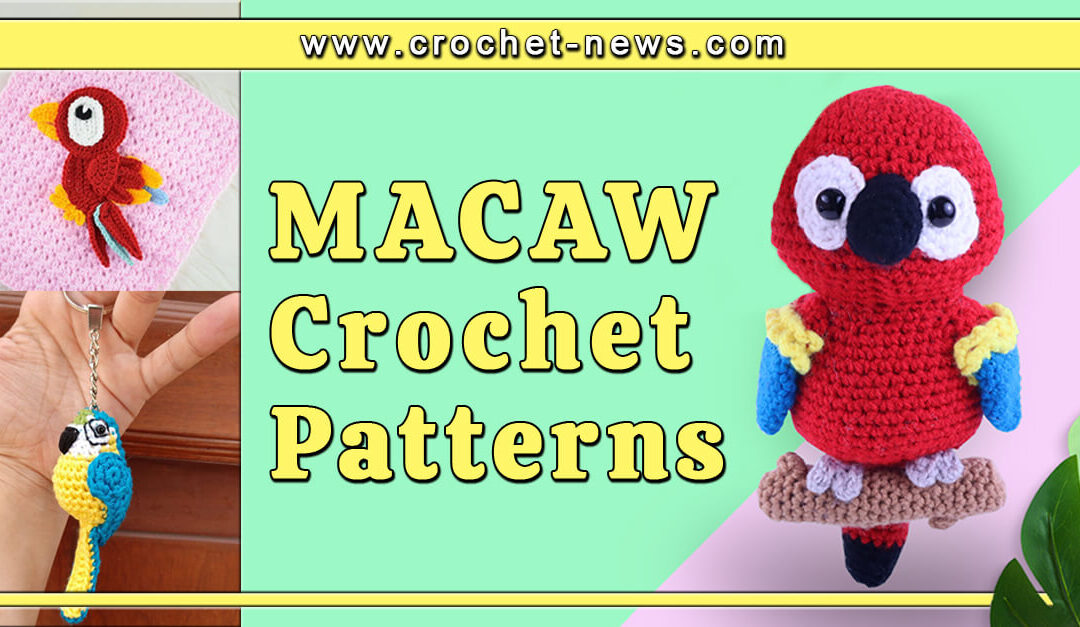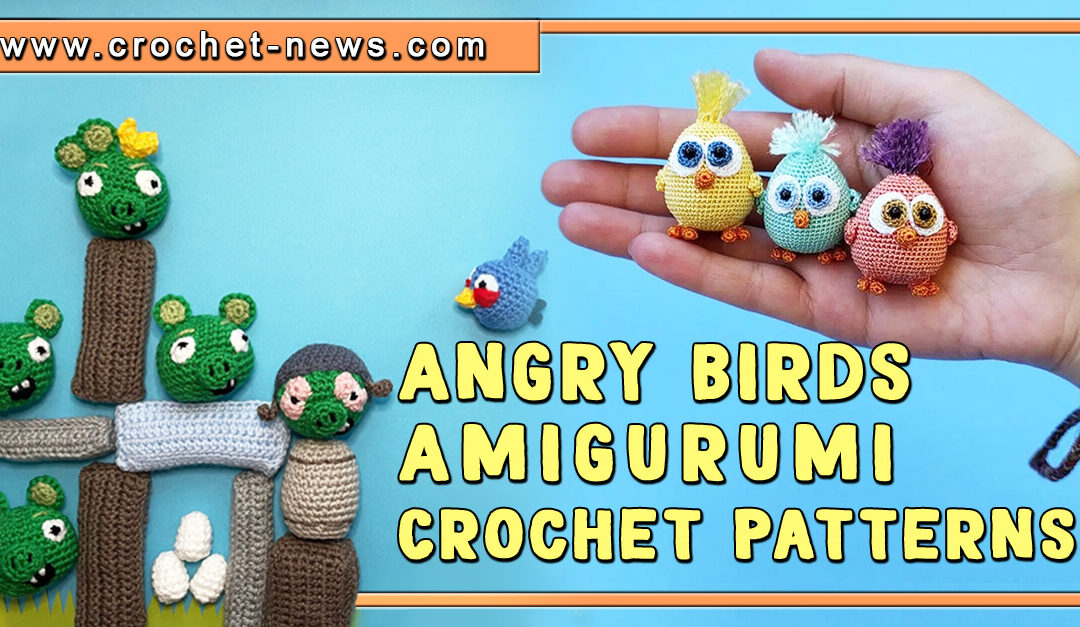If you have searched a lot of crochet patterns, you have probably come across symbols that look confusing. These symbols are used to represent different stitches instead of using abbreviations or words. Crochet stitch charts break down each stitch to a symbol, so you can quickly see which stitch is being used.

What is a crochet stitch chart?
A crochet stitch chart is a guide for people who love to crochet. Charts are broken down into symbols instead of words. These charts can make it easier to quickly see what stitch you are to use where.
Every stitch we make in crochet has a name, like single crochet or double crochet. In the crochet stitch chart, these stitches have their own symbols. So, instead of writing single crochet (SC) or double crochet (DC), a symbol is used. The symbols are like secret codes that only crocheters understand.
Crochet stitch charts are usually used by more experienced crocheters. At first, the symbols can be extra confusing for beginners. For beginners, I would recommend starting with a project that only uses very basic crochet stitches.
What are the Benefits of Using a Crochet Stitch Chart?
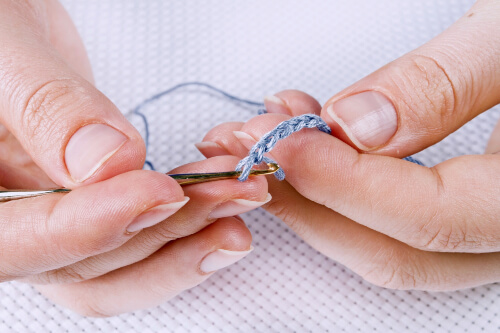
Using a crochet stitch chart has many benefits, including:
- Visual Symbols
Crochet charts use symbols instead of words. This can make crochet a lot easier for those who are visual learners.
- No Words Needed
Patterns with lots of words can be confusing and hard to read. With a crochet stitch chart, you do not need to read a long list of instructions. You can simply look at the symbols, and you know what to do next.
- Stitch Placement
The symbols help you put the stitches in the right spots, ensuring everything looks just as it should.
- Fancy Designs
When making projects with fun colours and shapes, the crochet stitch chart helps you know when to switch colours and stitches.
- Fewer Mistakes
When using a crochet stitch chart, many crocheters find they are less likely to make mistakes.
- Helps with Complicated Patterns
Sometimes, patterns are very complicated. Using symbols instead of long, confusing sentences can make them a lot easier to complete.
- Universal Language
Crochet symbols are like a secret code for crocheters all around the world. So, even if you do not speak the same language, you can still follow the same pattern with ease.
- Left and Right-Handed Crocheters
One of the most important benefits of using a crochet stitch chart is that both left-handed and right-handed crocheters can use it.
How Do You Read a Crochet Stitch Chart?
Reading a crochet stitch chart is a bit like using a special map. You follow the symbols and arrows to know which stitches to make.
- Get Familiar with the Legend or Key
To begin, look for the legend or key. It will explain the special symbols and different colours. It may also include extra notes to help you use the chart.
- Locate the First Stitch
In a crochet stitch chart worked in rows, you will often start at the bottom. It will be marked as either Row 1, Setup Row, or Foundation Row. A crochet stitch chart worked in the round will start at the centre. Look for the symbol for a magic circle or a circle of chains.
- Distinguish Between Rows and Rounds
To know which stitch goes in each row, look for black for right side (RS) rows and blue for wrong side (WS) rows. Some patterns may use different colours. When you make things in a circle, it is usually all black. But sometimes the chart uses both black and blue (or another colour) to help you see the stitches better.
- Search for Repeats
Instead of charting the whole pattern, some charts will show which stitches you need to repeat with a red line or yellow highlight. They may also be noted by a bracket on the side of the chart.
- Know What Each Colour Means
Above I have mentioned that black often means it is a right side row, blue is for wrong side, and yellow or red shows where there are repeats. Sometimes, a crochet stitch chart may use other colours. If there are extra colours, check the legend to see what they mean.
- Learn the Symbols
Symbols for stitches might look a little different depending on the designer. So, it is a good idea to double-check the legend to make sure you know exactly what each one means.
What are the Different Crochet Stitch Symbols?
Crochet stitch symbols are like special pictures that show us how to make different stitches in crochet. There are many symbols, but some are more common than others. Below is a chart to help you understand the most common ones you will come across:
Crochet Stitch Chart Symbols
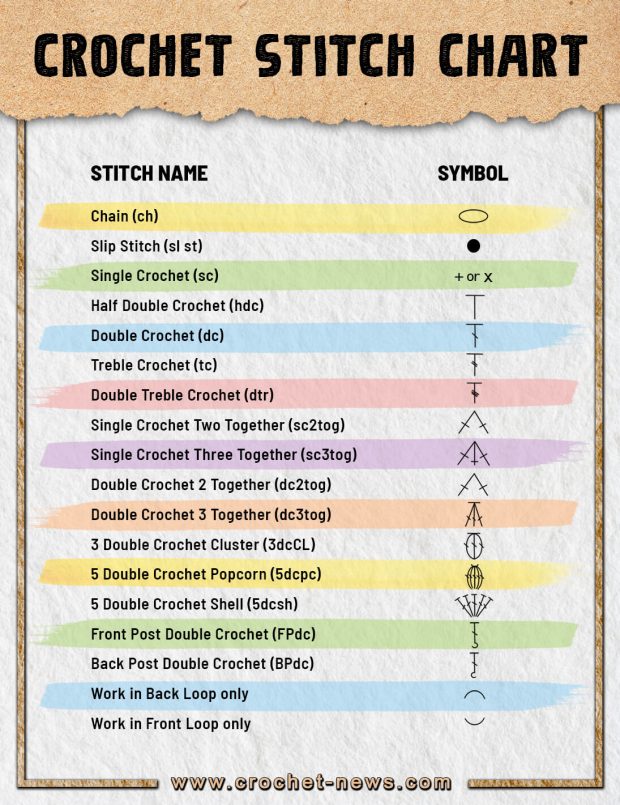
Creating Your Own Crochet Stitch Chart Patterns
Creating your own crochet stitch charts can be a fun and creative way to design unique crochet patterns. I have found that it is a lot easier to design a crochet stitch chart by first writing out the pattern and testing it.
Then grab some graph paper and turn the writing design into an easy-to-read crochet stitch chart. As you work on your design, do not forget to add a legend to explain the symbols you have used.
Tips for Using a Crochet Stitch Symbol Chart
Here are some helpful tips to make using a crochet stitch chart easier and more enjoyable.
- Mark Your Progress
Keep track of your progress by marking completed rows or rounds. Many crocheters prefer to use a highlighter.
- Practice with Simple Charts
If you are new to using a crochet stitch chart, start with projects that have simple patterns and fewer symbols.
- Adjust the Chart Size
If the crochet stitch chart is small or hard to read, you can enlarge it for better visibility.
- Be Patient
Take your time and be patient. The more you work with crochet stitch charts, the easier the process will become.
- Learn Common Symbols
Get familiar with common crochet symbols before you start working on a crochet stitch chart.
- Follow Arrows
Pay close attention to arrows and lines that show where to place your stitches.
- Count Stitches
As with any crochet project, it is important to count your stitches as you go. This helps to ensure that you have not made a mistake.
- Use Good Lighting
Having good lighting will make it easier to crochet and read the crochet stitch chart.
- Use a Magnetic Board
Magnetic boards can help you keep your chart in place and avoid losing your spot.
- Look Over the Pattern
Before you start working on the crochet stitch chart, look at it closely. Make sure that you understand everything. Make notes where needed.
- Take Breaks
Crocheting for long periods of time can strain your eyes and hands. Take short breaks to relax and stretch.
- Consult Online Resources
If you are having any type of trouble, you can consult an online resource. You can find online tutorials and guides or ask questions in online communities.
Frequently Asked Questions about Crochet Stitch Charts
How do I read a crochet stitch chart?
To read a crochet stitch chart, you start at the beginning and follow the symbols and lines. Each symbol in the chart represents a specific stitch.
Are crochet stitch charts the same as written patterns?
Crochet stitch charts are not the same as written patterns. However, they both give you instructions on creating crochet projects. Written patterns use words and abbreviations to explain each step. Crochet stitch charts use pictures and symbols.
Why Do Patterns Use Crochet Stitch Charts?
For some crocheters, crochet stitch charts are easier to read than written instructions. When looking at the symbols they know exactly what they need to do without reading long words.
Can I create my own crochet stitch chart for a project?
Yes, you can make your very own crochet stitch chart for your project. Instead of writing out the pattern using words and abbreviations, use symbols instead.
How do I identify right side (RS) and wrong side (WS) rows on a chart?
To find the right side (RS) and wrong side (WS) on a crochet chart, you will look for colours or special marks. The RS is often in black, and the WS is usually blue.
What does it mean when a charted row has a bracket?
When you see a row on a crochet chart with a bracket, it means there is a repeat. The bracket shows where the repeat begins and ends.
How do I know which stitch each symbol represents on a chart?
You can know which stitch a symbol represents on a crochet chart by looking at a legend or key.
Learning how to read a crochet stitch chart will allow you to improve your crochet skill set.
A crochet stitch chart is a useful tool for following crochet patterns. It shows precisely where to place each stitch, which is especially handy for complex patterns.
If you are a beginner we recommend you check out these articles to help you with your crochet journey.:
- Crochet Stitches
- Crochet abbreviations
- Guide to Crochet Thread Sizes
- Knitting vs Crochet | Know the Difference
- Crochet Sets
- Crochet Kits for Beginners
- Crochet Patterns for Beginners
If you are a crocheter who finds it hard to follow along with written patterns, I suggest trying a crochet stitch chart.

